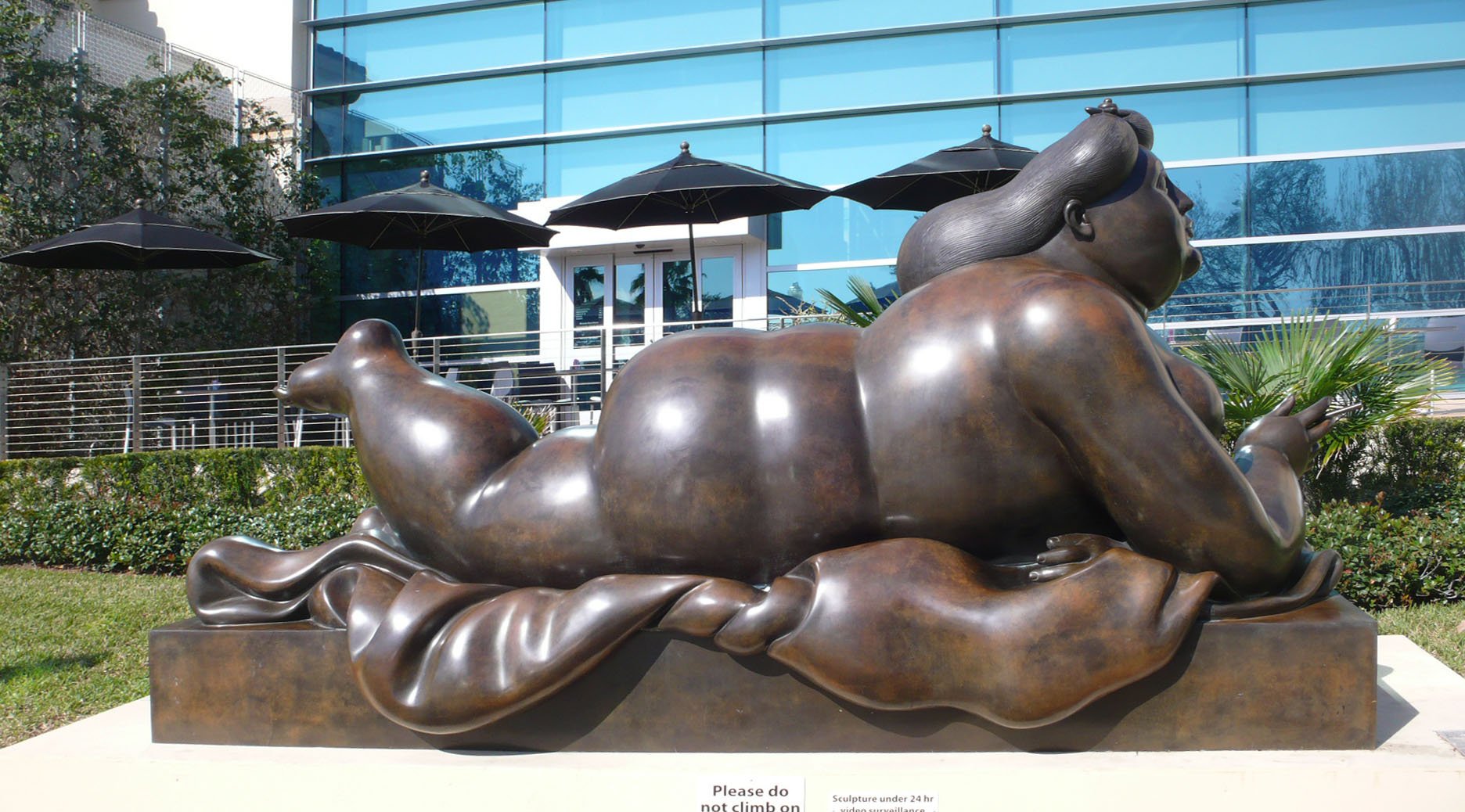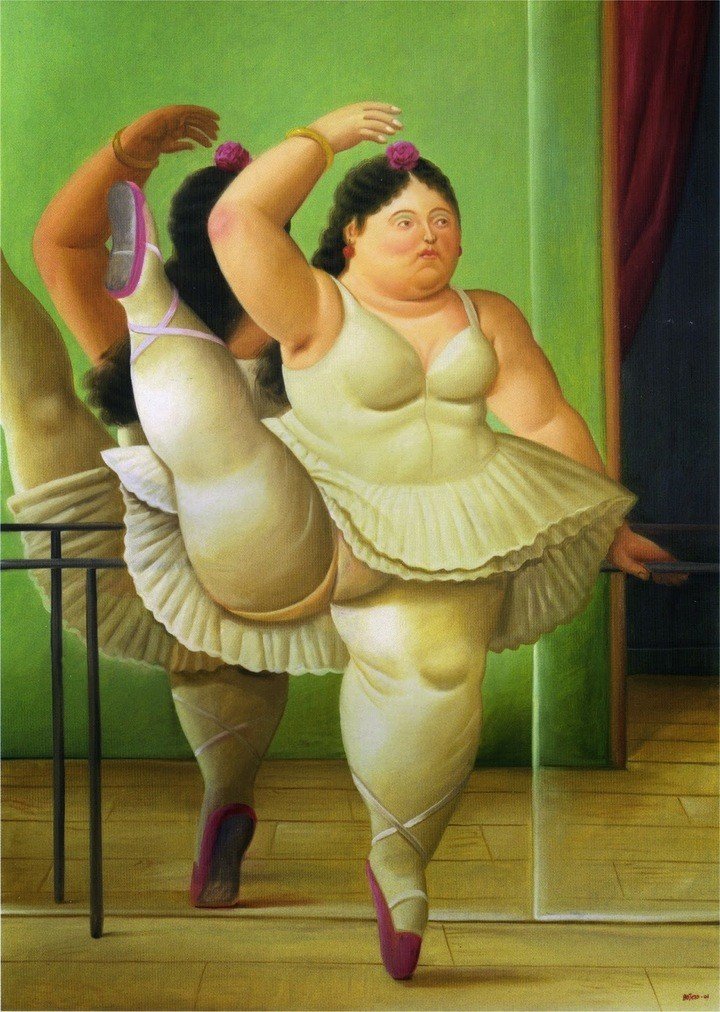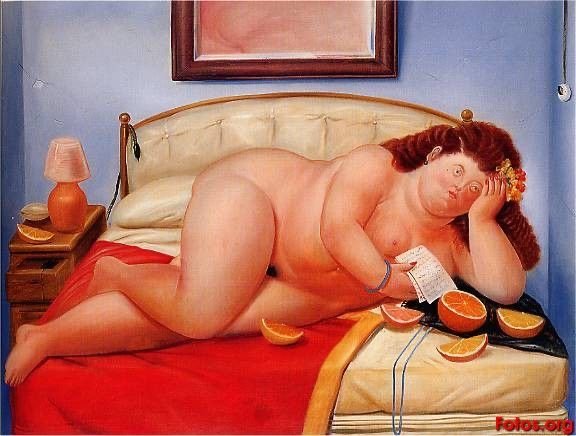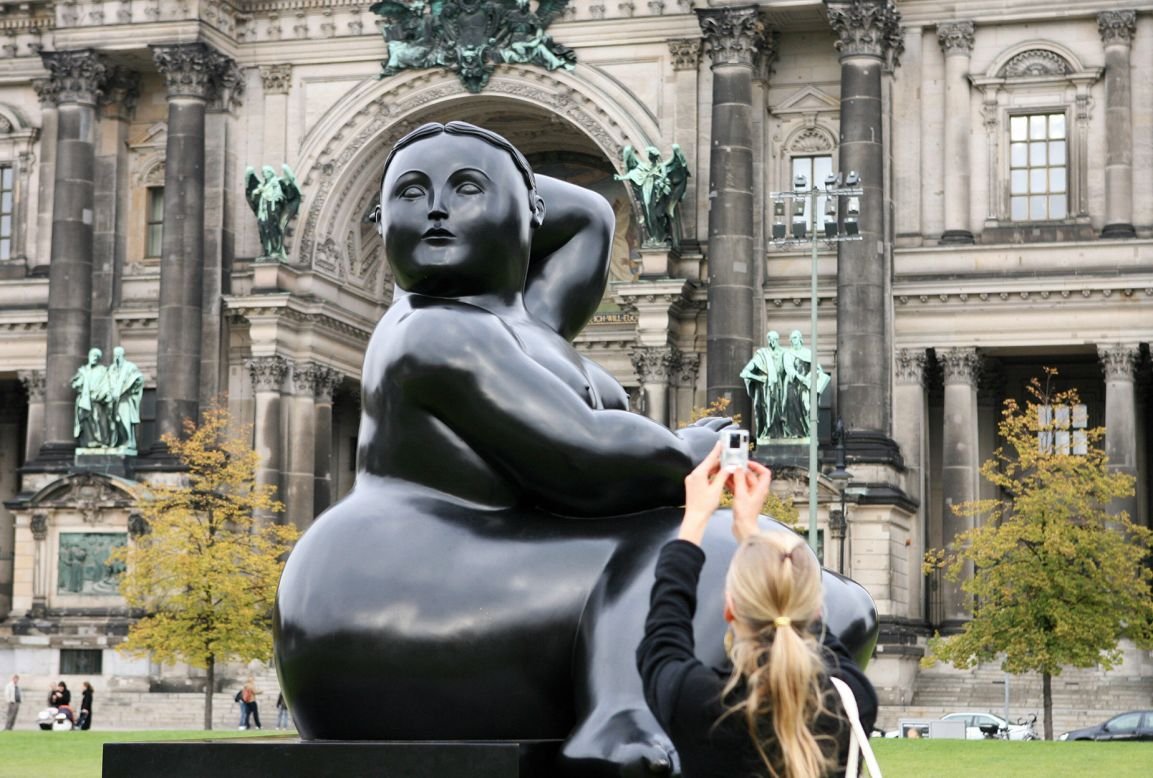Beyond the Canvas: Celebrating Plus-Sized Bodies Through Visual Arts
How Plus-Sized bodies have been esteemed and celebrated throughout the history of art.
“Art is not just a mirror to society, but a reminder with which to shape it”
The first time I saw a body like mine was a revelation—a moment that altered my perception of beauty and self-acceptance forever. It was while doing research for an art project that I stumbled across a reclining figure sculpture crafted by the hands of Fernando Botero. Seeing a body like mine portrayed with such grace and elegance instilled a newfound sense of pride and acceptance within me. It was a reminder that beauty comes in all shapes, sizes, and shades—a truth that had been obscured by society's narrow definitions of perfection. It was down the rabbit hole of Botero, that I discovered how throughout history, plus-sized bodies have been revered and celebrated in various forms of artistic expression.
From classical sculptures to contemporary paintings, artists have consistently depicted voluptuous figures with reverence and admiration, challenging societal norms and embracing the diversity of human physique.
Renowned artists like Botero, have immortalized curvaceous forms in their works, portraying them with elegance and dignity. These representations serve as enduring testaments to the beauty and richness inherent in all bodies , defying conventional standards and celebrating the diversity of human form across different cultures.
For Botero, the choice to depict plus-size figures is deliberate. His sculptures exude a sense of joy, confidence, and self-assurance, inviting viewers to celebrate the diversity and complexity of the human experience.
While Botero was often said to have denied using “Fat” people as his muse when questioned about his work, he instead used the words “Voluminous and sensual” to describe his art . Botero's fascination with ample forms can be traced back to his upbringing in Colombia, where he was exposed to the vibrant colors, rhythms, and vitality of Latin American culture. In Colombian art and folklore, he encountered a celebration of voluptuousness and sensuality, which left an indelible impression on his artistic sensibilities. Furthermore, Botero's travels and exposure to art history provided him with a rich tapestry of inspiration. He admired the classical sculptures of antiquity, where the human form was idealized and celebrated in its fullness. Yet, Botero sought to imbue his sculptures with a contemporary sensibility, infusing them with a sense of vitality and personality that transcended mere replication. For Botero, the choice to depict plus-size figures is deliberate. His sculptures exude a sense of joy, confidence, and self-assurance, inviting viewers to celebrate the diversity and complexity of the human experience.
As a visionary and trailblazer, Botero's legacy continues to shape the trajectory of contemporary art.
Botero's influence can be seen in a myriad of mediums, from sculpture and painting to digital art and installation, where artists draw inspiration from his commitment to celebrating the richness and complexity of bigger bodies.
By celebrating plus-sized bodies in art, more people can be encouraged to embrace their bodies unapologetically, fostering a culture of acceptance and appreciation. This celebration not only challenges harmful stereotypes and stigmas but also promotes a more inclusive and diverse representation of beauty in the visual arts. Moreover, the rise of social media platforms has provided a platform for plus-sized individuals to reclaim their narratives and challenge societal norms surrounding beauty and body image.





The cover image for this blog is by Pierre Rütz.

